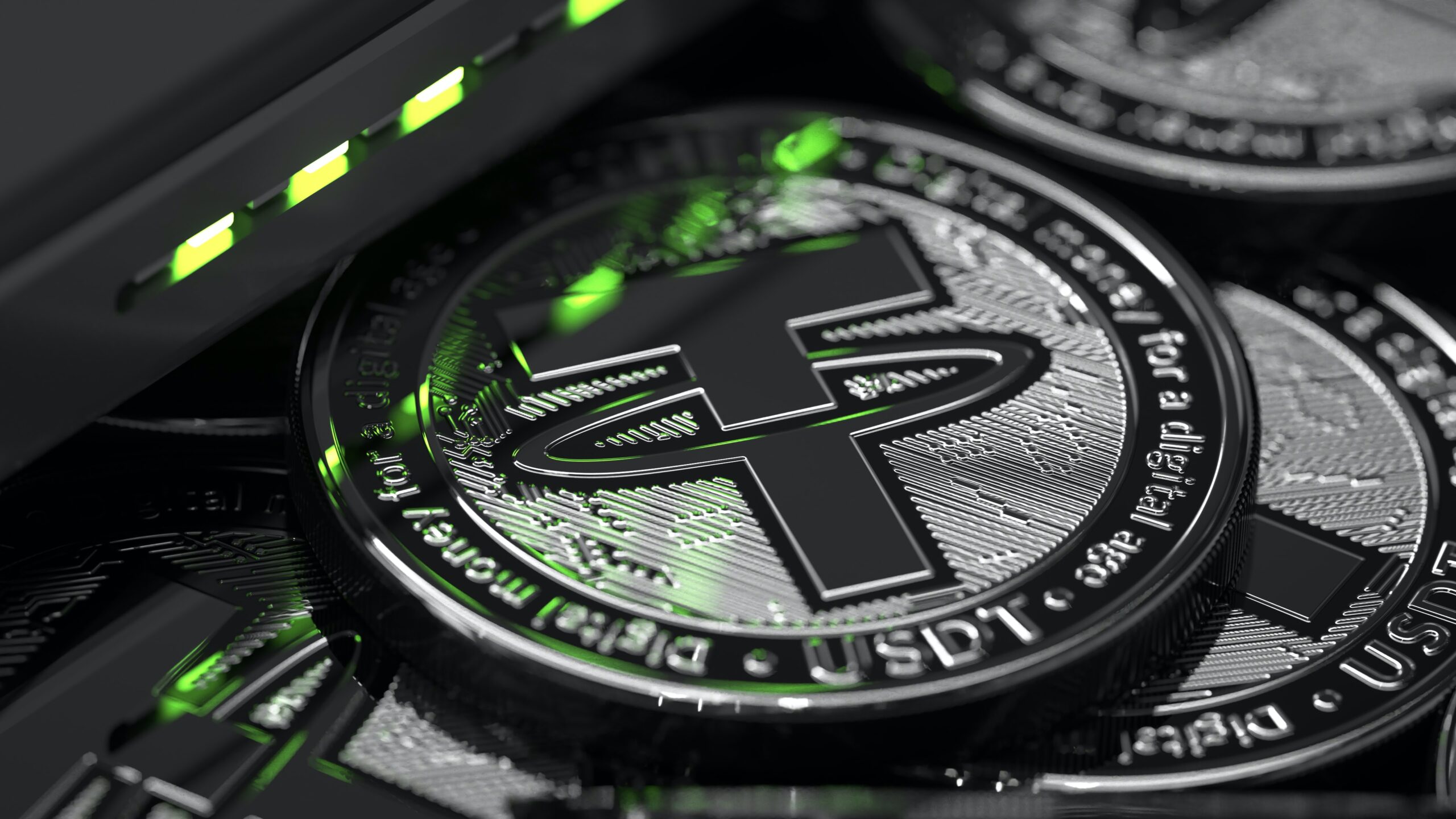Cryptocurrency is a means of payment that exists only on the Internet. It has no paper equivalent, and its value does not depend on the state.
Usually, to transfer money from one person to another, you need an intermediary – a bank. With cryptocurrency, it is different – the bank does not participate in the exchange. Cryptocurrency is built on the blockchain system – a chain of information blocks. They are used to transfer digital money from person to person without an intermediary.
In 2009, the first digital coin appeared – the bitcoin. Since then, the number of cryptocurrencies has been growing.
We will tell you how the cryptocurrency works, what determines its price, and how to get and use it.
What is blockchain
Blockchain is a way of storing information over a chain. Records of transactions of network participants are encoded, distributed among other participants, and form interconnected blocks. Suppose someone tries to make changes to get the currency in a crooked way, such as rewriting an existing transaction or creating a new one without the consent of other participants. In that case, the system will compare this information with other databases and block the transaction.
It’s like a bank branch on your computer.

To conduct transactions, you need to keep the network in working order – the miners do this. They donate their computing power to the system to produce new blocks and coins and receive a percentage of the transactions. The creator of the blockchain determines how many resources the miner must provide to receive a reward. All participants in the issue of cryptocurrency are endowed with equal rights and opportunities.
The developers set a limit on the emission of cryptocurrency in the system – for example, only 21 million bitcoins can be produced.
Cryptocurrency Forms
Digital currency is divided into coins and tokens.
A coin is a monetary unit of the cryptocurrency, which operates in its own blockchain. It can be obtained through mining, i.e., by providing the system with the computing power of your PC. Coins can be transferred to other users of the blockchain system and sold for regular currency. Some companies accept them as payment for goods and services. For example, Microsoft sells the Windows operating system and the Xbox game console for bitcoins.
Some coins run on a rewritten bitcoin blockchain. They are called altcoins – alternative versions of bitcoin.
A token is a cryptocurrency monetary unit created based on an already existing blockchain. It cannot be mined but can be bought or received for the activity. Tokens, even in theory, cannot be used for payments. They are used to give the user access to the platform’s functions. If a coin is a bill, then a token is a ticket. But if you transfer the token to the exchange, you can exchange it for regular money at the current rate.
Tokens can be used as an investment tool and evidence of the right to business – they can be used to participate in voting or polls.
Tokens have more possibilities, but coins are more valuable among investors: they are more difficult to create.
How to get cryptocurrency
To store coins or tokens, you need an electronic wallet. There are several ways to fill your wallet with cryptocurrencies.
Mining. It is a creation of a new block of the network, for which you get a reward. You need to provide the system with your computing power to do this. If it was possible to mine from a regular PC at the dawn of cryptocurrencies, now the mining difficulty has risen. Special devices appeared – mining rigs. Individual users combine the power of their computers and create associations of miners.
Staking. If the income in mining depends on the equipment’s power, then in staking, it depends on the number of existing cryptocurrency coins. This is a kind of investment: the owner sends coins to maintain the blockchain and receives a reward.

Purchase. You can buy cryptocurrency. There are exchangers where those who wish can sell and buy digital coins for another cryptocurrency or the national currency. For the exchange, you need to pay a commission. A commission-free alternative is p2p exchanges that allow you to transfer money from person to person without intermediaries. To use them, verification through disclosing your personal data is required.
Trading. Crypto trading is similar to regular trading. It is based on the “buy low and sell high” principle. The high volatility of the price of cryptocurrencies allows you to make quick deals. Trading is carried out on trading platforms.
Tokens can be bought on the exchange, in an online exchanger, or directly from a company that offers a portion of the profits from some project for the purchase of a token. They are purchased both for regular money and cryptocurrency.
How cryptocurrency is used
Investments. Cryptocurrency attracts investors with high profitability of deposits. At the end of 2020, investing in bitcoin was recognized as the most profitable investment.
Speculation. Prices in the cryptocurrency market are an attractive possibility for speculation. Volatility in the value of electronic money creates a difference in exchange rates. Traders and crypto brokers use this difference. Speculation dramatically affects the price of cryptocurrencies. So, for example, Elon Musk’s announcement of the sale of crypto assets reduced the cost of bitcoin by almost $10,000 overnight.
Cryptocurrency trade for goods and services.
The exchange is not widespread but is gaining momentum. Cryptocurrency payments are accepted by Amazon, eBay, and PayPal electronic systems. ATMs for cashing out funds appear, and a unified form of payment with cryptocurrency debit cards, BitPay, is being developed.

Cryptocurrency in many countries is prohibited from being used for payments for goods and services. By law, it can only be used for investment. However, most countries are considering the creation of a state cryptocurrency, and some have already begun issuing their own digital coins. For example, in 2020, the Chinese authorities started testing the national digital currency DCEP in four cities.
Why is it safe to use cryptocurrency
The data that gets on the Internet can be assigned and changed, but on the blockchain, fraud with wallets or payments is almost impossible. The high level of security is due to the fact that the information in each block is encrypted, and the blocks are linked by a chain. For hacking the system, too much power is needed – to get access to one cell of information, it is necessary to change the cipher of all the others.
The system has other features that guarantee the safety of operations:
- For funds transfer, unique addresses are used: for each operation, they are generated by the system itself.
- Transactions are open and transparent, but it is impossible to link data to a specific person and their location.
- Operations are carried out instantly. They cannot be intercepted.
- Encryption keys check the authenticity of addresses.
There are public and private keys. The public key is the address of the user’s own wallet, and it is publicly available. The private key is a cipher that belongs only to the known owner of the wallet. The keys work like this: one user wants to send a cryptocurrency to another and encrypts it using the public key, and the recipient uses the private key to open the “letter.”
What determines the cost of a cryptocurrency
The cost of a cryptocurrency is influenced by the supply and demand of network users. It does not depend on the state and national currency.
The more popular the cryptocurrency, the more users it attracts. This means that the number of transactions increases, and its value grows. When there are fewer users, the price of the cryptocurrency falls.
For miners, the cost is different: it consists of the cost of equipment and electricity costs.
Types of cryptocurrencies
Decentralized. These are mined cryptocurrencies—for example, Bitcoin, Ethereum, Zilliqa, Elastos, and IOTA.
Pseudo-decentralized. The issuance and circulation of such currencies are controlled by a closed group of people, who can also make decisions to block the owners’ accounts. At the same time, it is impossible to get electronic money using mining – the pseudo-decentralized currency can only be purchased. Such cryptocurrencies include Bitcoin Cash, Ripple, TRON, and EOS.
Stablecoins. The cost of such a currency is tied to some value, less often to another cryptocurrency, so its price changes more often than other currencies. For example, Gemini Dollar is equal to the US dollar, and DigixDAO equals a gram of gold.

Stablecoins, the issue of which is backed by national money, are completely centralized. For example, the company Tether Limited issued the Tether cryptocurrency, which is backed by 20% of the reserves of US dollars from the organization’s accounts. And the Gemini Dollar is fully secured. It is overseen by the New York State Department of Financial Services.
Risks
The use of cryptocurrency is associated with risks because the state does not regulate it. Here are the problems miners and buyers of cryptocurrencies may face:
- Instability and sharp fluctuations in the exchange rate;
- The prospect of depreciation of cryptocurrencies with unlimited emissions, such as Ethereum;
- A chance to lose all coins if you lose the key to the wallet. You can’t go to the bank or the police.
Cryptocurrency cannot be officially exchanged for goods and services in most countries. This is because its mining and transfer are anonymous, which means that participants in the process can evade paying taxes. It is accepted by some online stores, and it can also be traded, but its cost directly depends on demand. If demand falls, the currency will depreciate, and the owner may lose all the invested money.
What is important to keep in mind
- Cryptocurrency is virtual money, which is usually (although there are exceptions) not backed by physical assets.
- Cryptocurrency is not controlled by the state and is protected from inflation.
- Cryptocurrency is extracted (obtained) through mining.
- It is used for investment, trading, buying, and selling goods.








